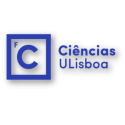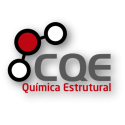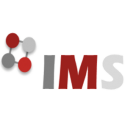Chromatographic techniques are a broad range of physical methods used to separate or analyse mixtures composed by several types of compounds. The components to be separated are distributed between two phases: a stationary phase bed and a mobile phase that percolates through the stationary bed. When a sample having a mixture of several components enters in a chromatographic medium, the different compounds are flushed through the system at different rates. The differential rates of migration occur as the mixture moves through the stationary phase providing, therefore, separation. The smaller the affinity a particular solute has for the stationary phase the shorter will be the time spending inside a column during an elution process.
Chromatography is a very special separation process for a multitude of reasons. First of all, it can separate the constituents of complex mixtures with great precision, even very similar components, such as isomers that may only vary by a single double bond. It can also purify basically any soluble or volatile substance if the right stationary phase material, carrier fluid and operating conditions are optimised. Secondly, chromatography can be used to separate gentle products since the conditions under which it is performed are not typically severe. Nowadays, very sophisticated equipment is used for the application of the several chromatographic techniques, with emphasis to gas (GC) and liquid (HPLC) chromatography, constituted by appropriate columns and other indispensable devices, namely by sensitive and selective detectors for the analytes under study, for which the analytical process is automated and controlled by suitable software, as is exemplified in figure 1.
 Figure 1 – Elution process of a binary mixture in a chromatographic equipment.
Figure 1 – Elution process of a binary mixture in a chromatographic equipment.
For these reasons, chromatography is quite well suited to a variety of separation processes in several scientific areas, namely chemistry, biochemistry, petro-chemistry, industry, biology, environment, food, flavour and fragrances, pharmaceutical, medicine, forensic, etc. It can be pointed out that, between 1937 and 1972, twelve Nobel prizes were assigned, where chromatographic techniques proved to play an important and decisive role. Because chromatography has so many wonderful applications, several books, research journals, websites and seminars are available for further reading. For beginners we recommend the following links and books:
- D. Skoog, F. Holler, T. Nieman, Principles of Instrumental Analysis, Saunders Coll. Pub., 5th Ed., USA, 1998.
- D.C. Harris, Quantitative Chemical Analysis, W.H. Freeman and Company, 6th Ed., USA, 2003.



